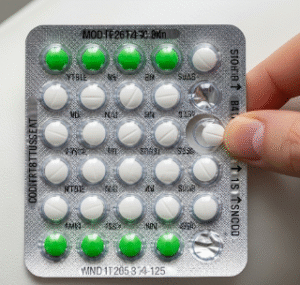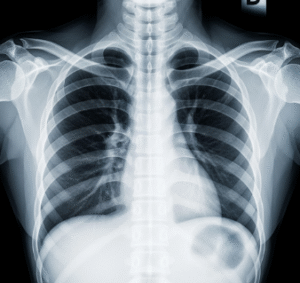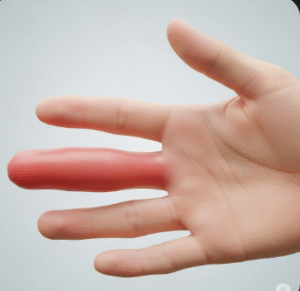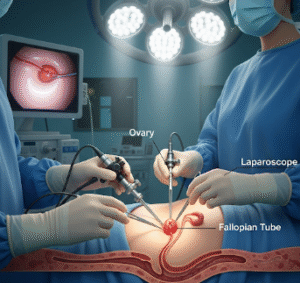What it is
➝ Impetigo is a superficial bacterial skin infection, most often caused by Staphylococcus aureus (including MRSA) or Streptococcus pyogenes.
➝ It is highly contagious and common in children, presenting with honey-colored crusts, blisters, or erosions on exposed skin.
➝ Even after treatment, recurrence is common due to persistent colonization of bacteria, especially in the nose, skin folds, and household environments.
➝ A decolonization strategy aims to remove or reduce bacterial carriage to prevent repeated infections in patients and their close contacts.
Why it’s done
→ To prevent recurrence of impetigo, which is common without decolonization.
→ To reduce spread within households, schools, and daycare centers.
→ To minimize the need for repeated courses of antibiotics.
→ To lower the risk of complications such as cellulitis or post-streptococcal sequelae.
→ In Korea, decolonization strategies are widely implemented in dermatology and pediatric clinics, often alongside antibiotic therapy and hygiene education.
Alternatives
→ Antibiotic treatment only: Topical (mupirocin, fusidic acid) or oral antibiotics for acute cases, but without decolonization, recurrence risk is higher.
→ Symptom management: Gentle cleansing, crust removal, antiseptic soaks.
→ No decolonization: Sometimes chosen for first-time mild impetigo, but not for recurrent disease.
→ Comprehensive decolonization: Preferred for recurrent or household outbreaks.
Preparation
→ Identify carriers: Nasal swabs may be taken if MRSA or recurrent staphylococcal infections are suspected.
→ Educate patients and families about hygiene importance in stopping reinfection.
→ In Korea, dermatology clinics often provide checklists for families on cleaning routines, laundry care, and personal hygiene.
How it’s Done
→ Nasal decolonization: Mupirocin 2% ointment applied inside each nostril twice daily for 5–10 days. Sometimes repeated monthly in recurrent cases.
→ Skin decolonization: Daily showers or baths with antiseptic cleansers (chlorhexidine wash, benzalkonium chloride, or diluted bleach baths). Special attention is given to folds (armpits, groin) where bacteria persist.
→ Household/environmental measures: Washing clothes, towels, and bed sheets in hot water. Avoiding sharing personal items such as towels, razors, and combs. Regular cleaning of high-touch surfaces.
→ Additional therapy: Oral antibiotics if active lesions are widespread or severe. Topical antibiotics or antiseptics on localized lesions.
→ In Korean practice, decolonization often includes combined family treatment, where all close contacts follow the same routine simultaneously.
Recovery
→ Lesions typically improve within 3–5 days of antibiotic treatment.
→ Full skin healing may take 1–2 weeks, depending on severity.
→ With decolonization, recurrence rates drop significantly, especially in children with repeated infections.
→ Families often notice fewer outbreaks once nasal and skin carriage is reduced.
Complications
→ Without decolonization: High recurrence rates and household outbreaks.
→ Potential side effects: Mupirocin resistance if overused, skin dryness or irritation from antiseptic washes.
→ Compliance issues: Decolonization requires strict adherence by all household members, which can be challenging.
→ With correct guidance and monitoring, most patients tolerate the strategy well.
Treatment Options in Korea
→ Korean dermatology and pediatric clinics frequently use mupirocin nasal ointment and antiseptic washes as standard decolonization protocols.
→ In cases of MRSA-related impetigo, decolonization is applied more aggressively, sometimes including oral rifampin or doxycycline combinations under specialist supervision.
→ Many hospitals provide family-centered decolonization plans, where not only the patient but siblings and parents follow hygiene and treatment steps.
→ Korean doctors emphasize hygiene education, including the use of gentle cleansers and moisturizers to support the skin barrier while using antiseptic products.
→ In daycare and school settings, Korean health authorities sometimes recommend group screening and hygiene interventions to stop outbreaks.
→ Overall, Korea’s approach combines antibiotic therapy, decolonization routines, and lifestyle measures, ensuring lower recurrence and better long-term control of impetigo.













